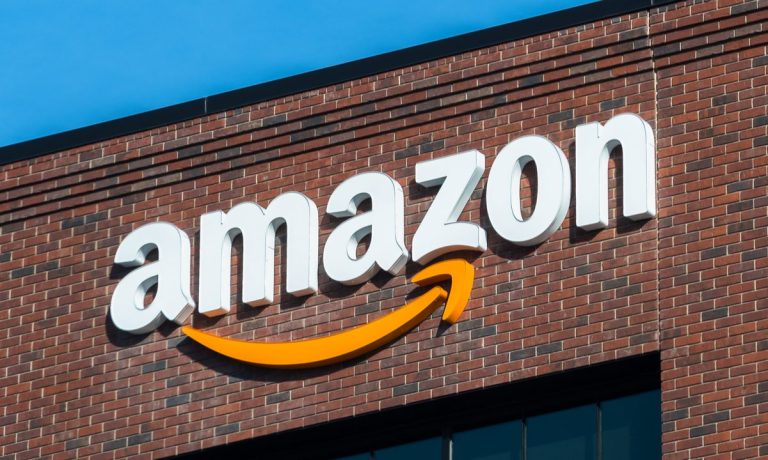
Amazon has launched its first brick-and-mortar clothing store, which employs machine learning to help shoppers find what to wear.
As Reuters reported Wednesday (May 25), the Los Angeles store, called “Amazon Style,” also lets customers shopping on the Amazon app try out their selections at the physical store, with the app letting them know when a fitting room is available.
“Amazon Style is designed to help customers discover looks they’ll love through a personalized and convenient shopping experience using advanced technology and world-class operations,” the company said in a news release on Wednesday.
Read more: Amazon Tests Same-Day Mall Deliveries
The news comes as Amazon has begun mixing the eCommerce and physical retail worlds with a pilot program that has its drivers retrieve packages from stores at malls and for delivery at customers’ homes.
According to Amazon, just a handful of retailers have taken part in the program, which involves malls in Virginia, Nevada and Arizona.
“This is just another way we are able to connect Amazon sellers with customers via convenient delivery options,” a company spokeswoman reportedly said last week.
The program lets consumers who want same-day or faster shipping search for locally available products. Once the item is ordered from the retailer via Amazon, a company driver will deliver it. Amazon says the system allows it to avoid the expense of constructing fulfillment centers on costly urban real estate while also keeping drivers busy. The company admitted recently that its workforce is too large now that pandemic-driven shopping is fading.
See also: Retailers Rush to Rethink Stores Amid Shift to Digital, Experiential Shopping
Amazon’s move to brick-and-mortar retail is also happening at a time when retailers are working to make digital shopping part of the in-store experience. This omnichannel movement was “hugely catalyzed” by COVID, Andre Machicao, senior vice president, merchant solutions at Cybersource, a Visa solution, told PYMNTS’ Karen Webster in a recent interview.
“As consumers are returning to the in-store environment with that expanded set of [digital] experiences, use cases and digital community, we are seeing expectations of digital even more now in physical stores,” he said.
“It’s the convergence of experiences where I would start my transaction in one channel and complete it in another. We are seeing that expand and proliferate.”